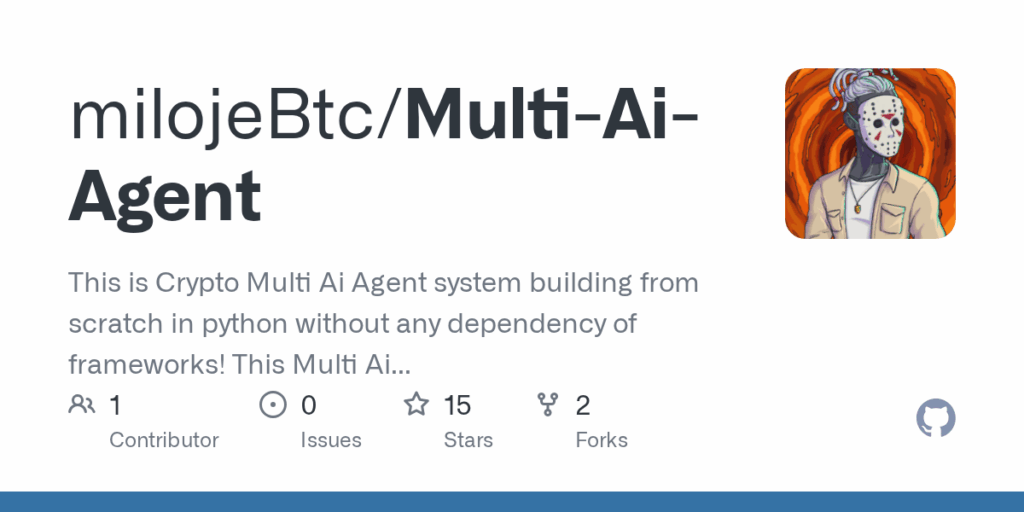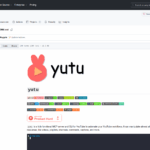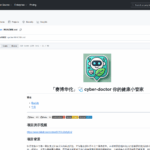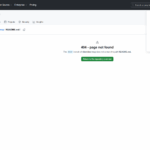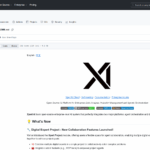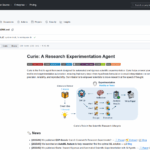Multi Ai Agent
Basic Information
This repository provides a Python implementation of a multi-agent AI system built from scratch to demonstrate how agentic systems can be assembled without external orchestration frameworks. It uses OpenAI's GPT-4o as the underlying language model and a Streamlit web interface to let users submit tasks, view outputs, and receive validation feedback. The system centers on an Agent Manager that routes requests to specialized main agents and corresponding validator agents. Primary domain examples in the repo focus on medical workflows, including summarizing medical texts, drafting research articles, and sanitizing Protected Health Information (PHI). The project includes logging, example Streamlit app code, and setup instructions so learners can run the app locally with an OpenAI API key and inspect how agent coordination, validation, and logging are implemented.

